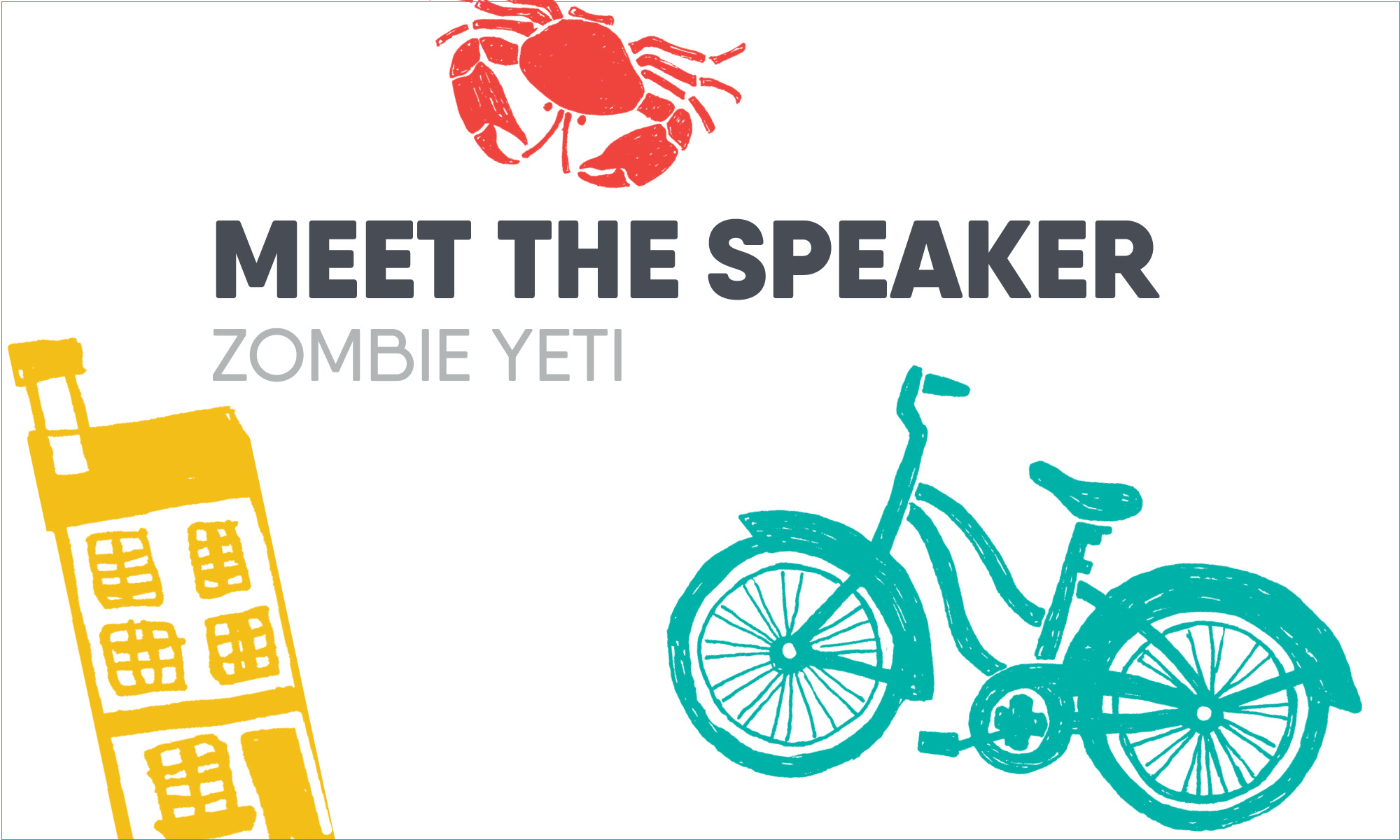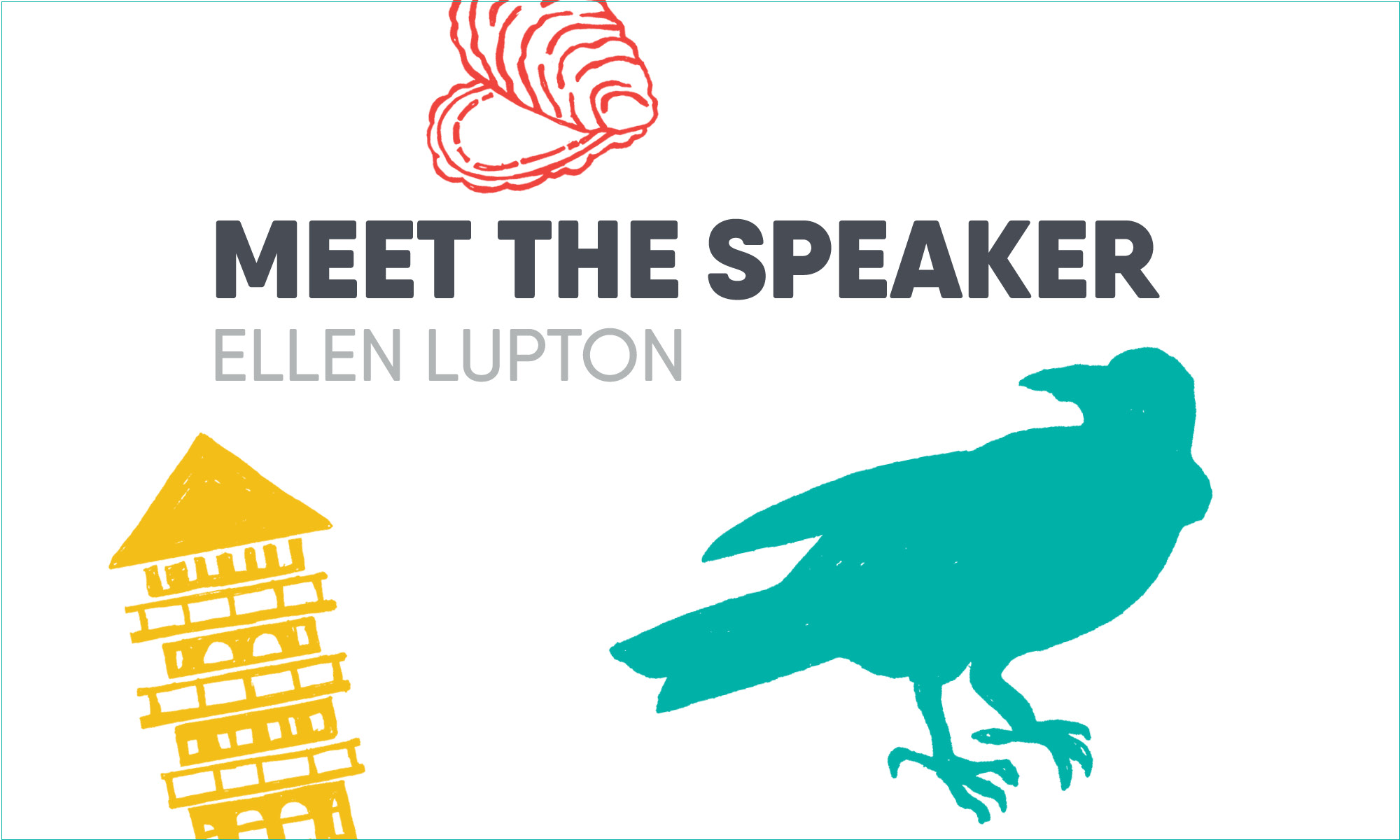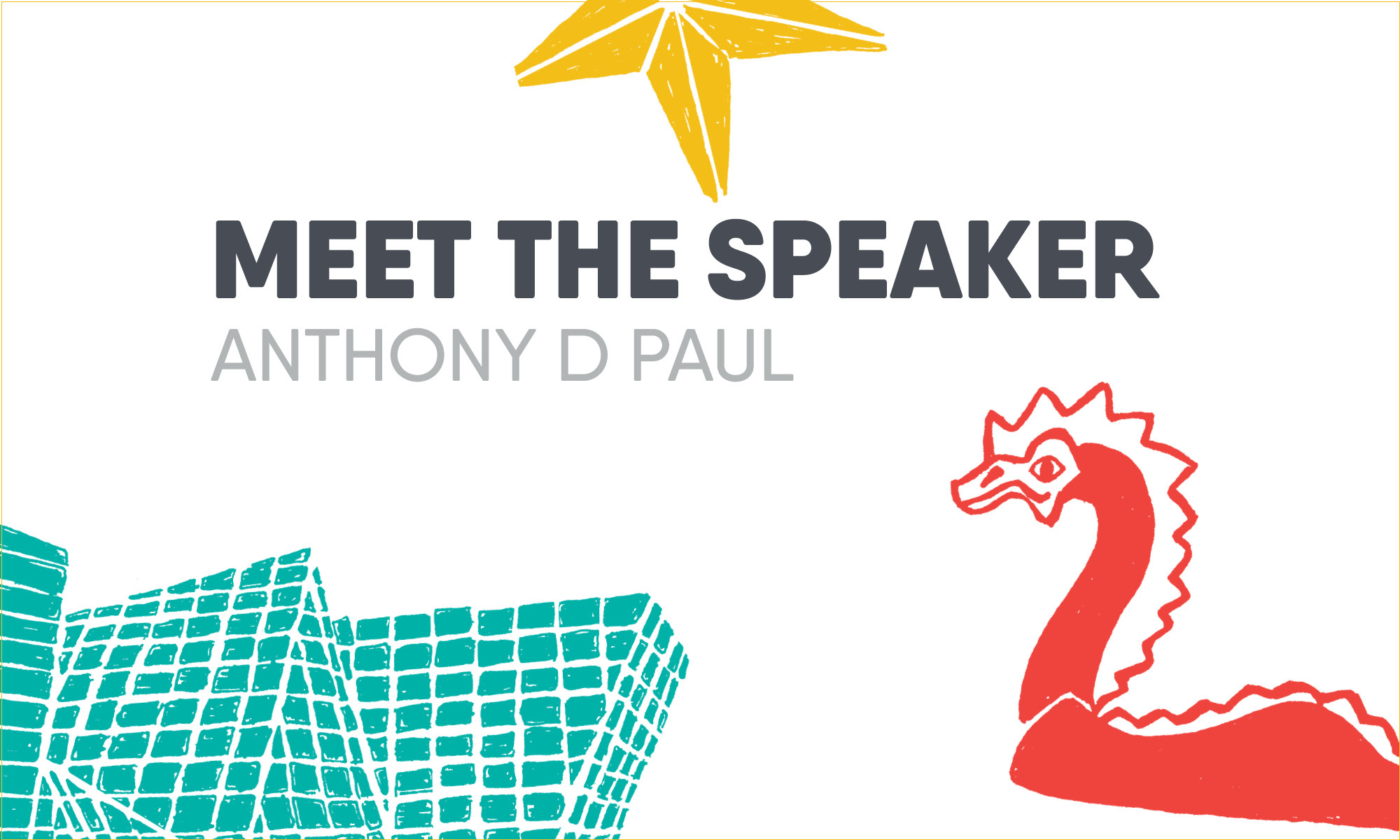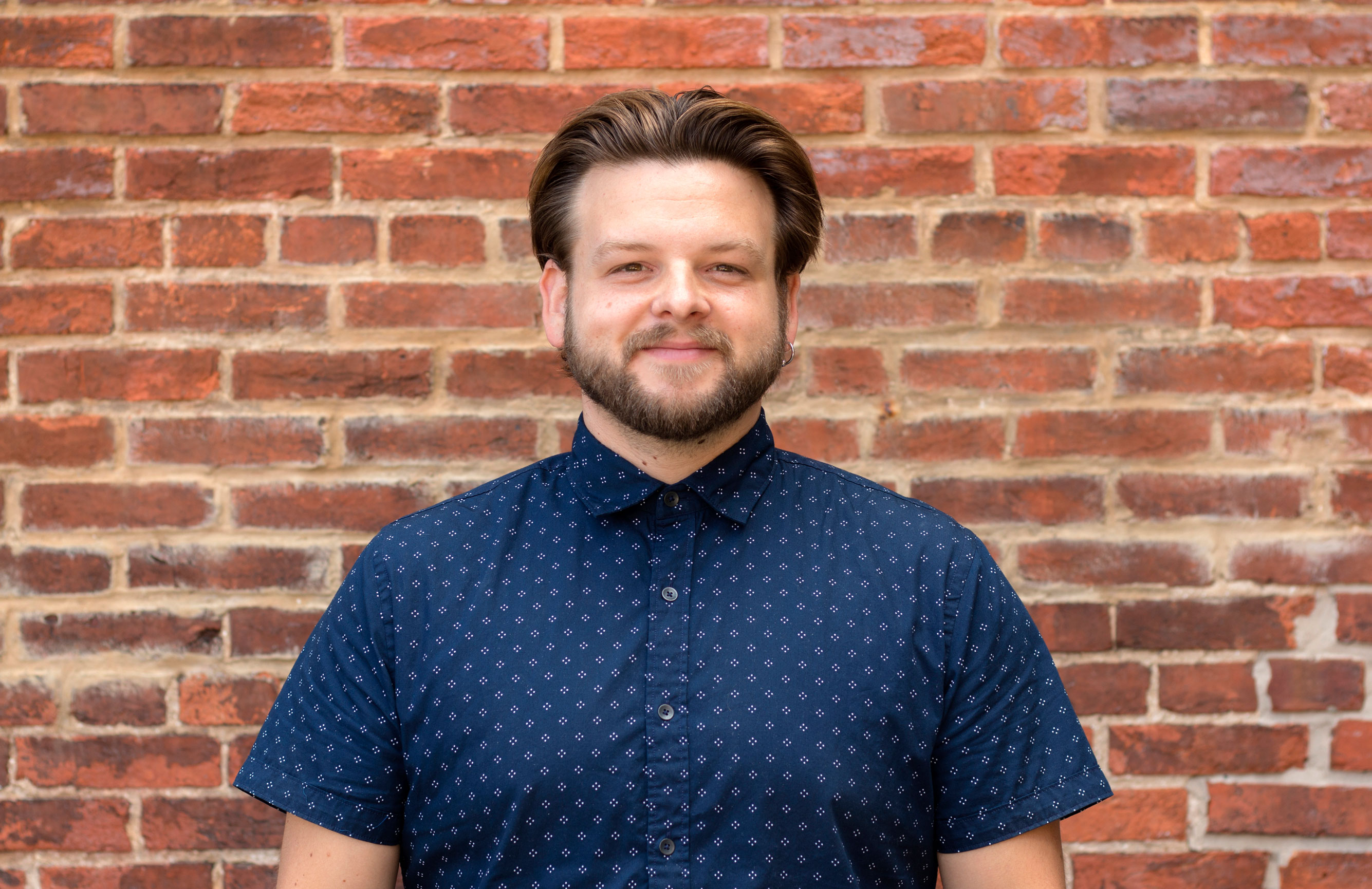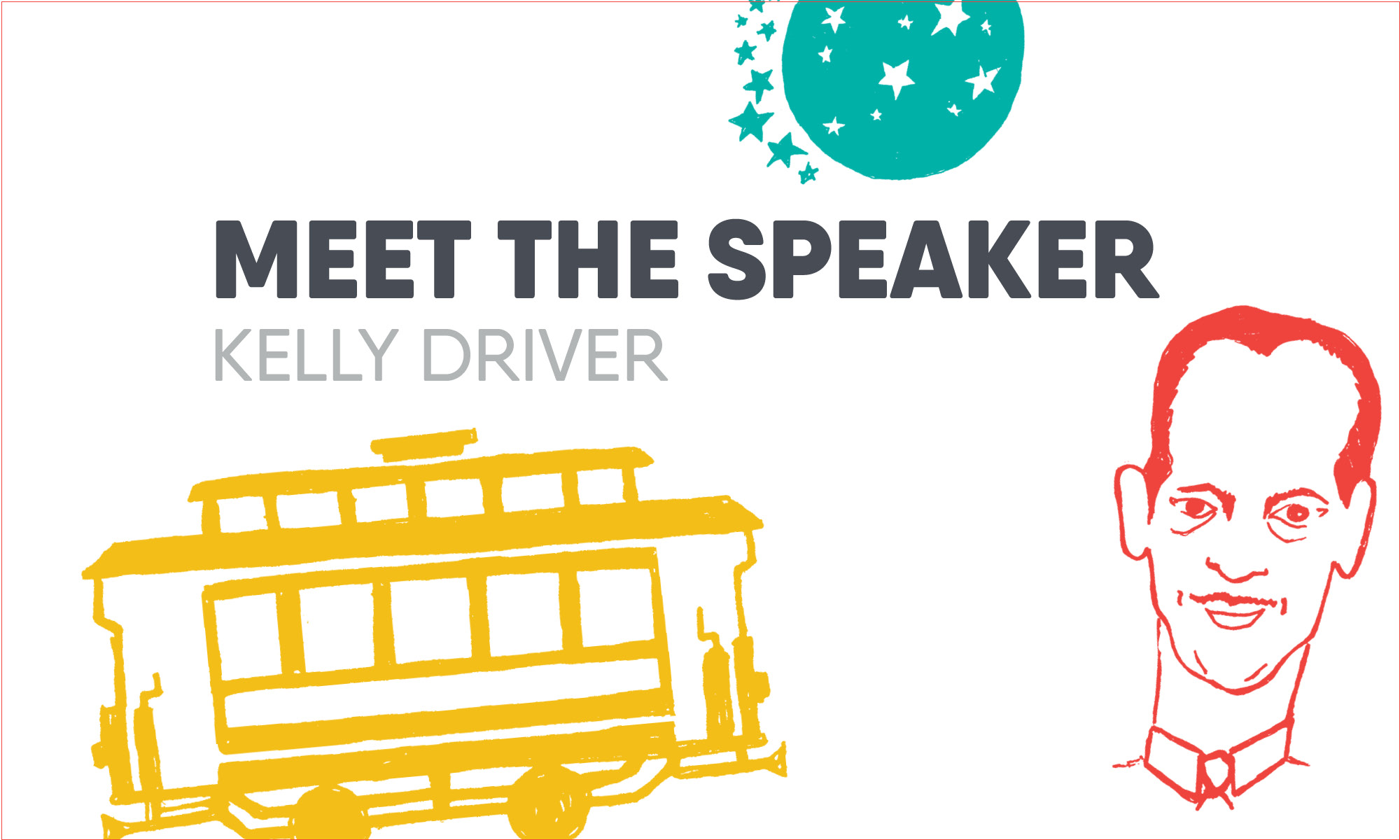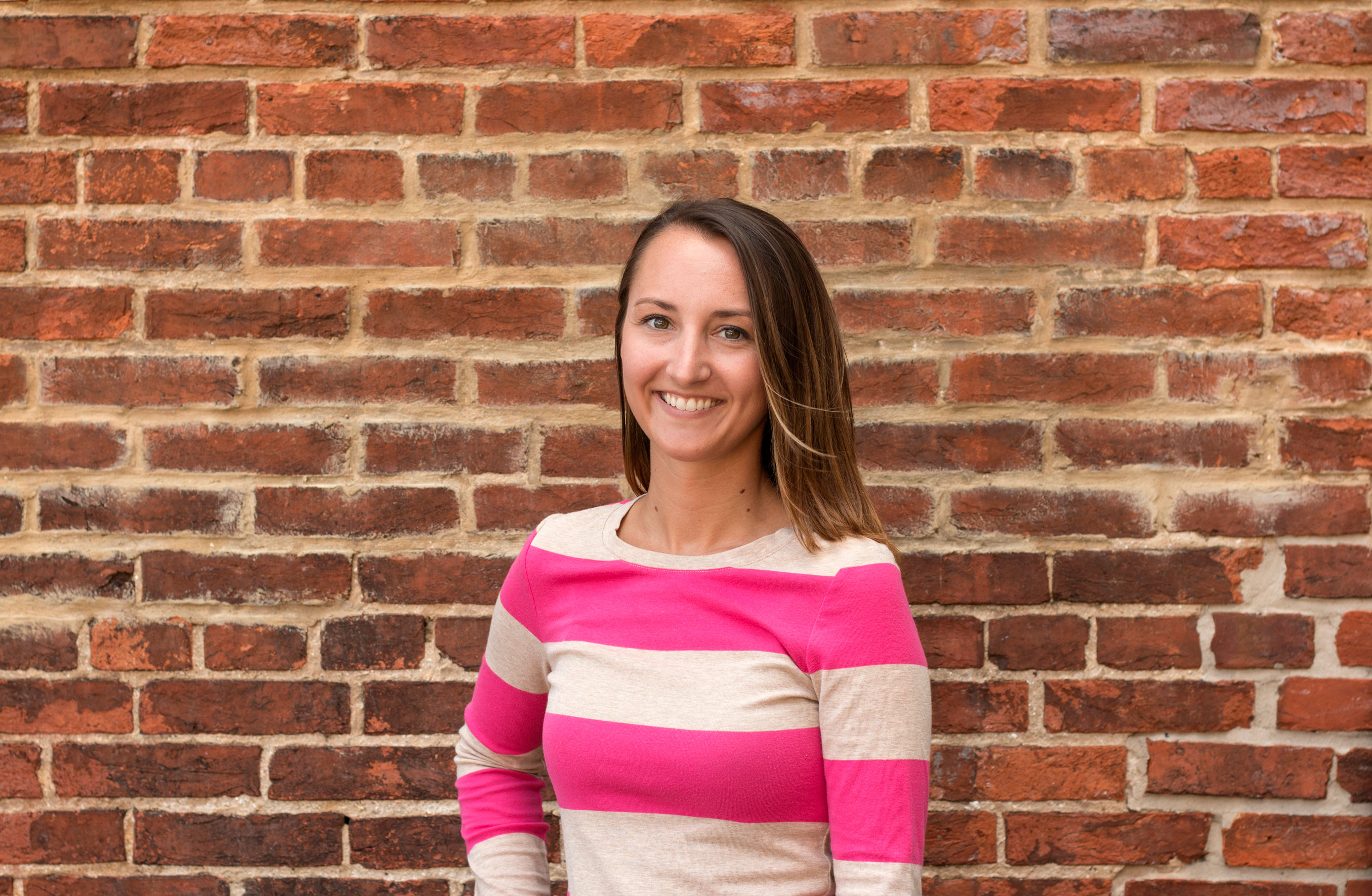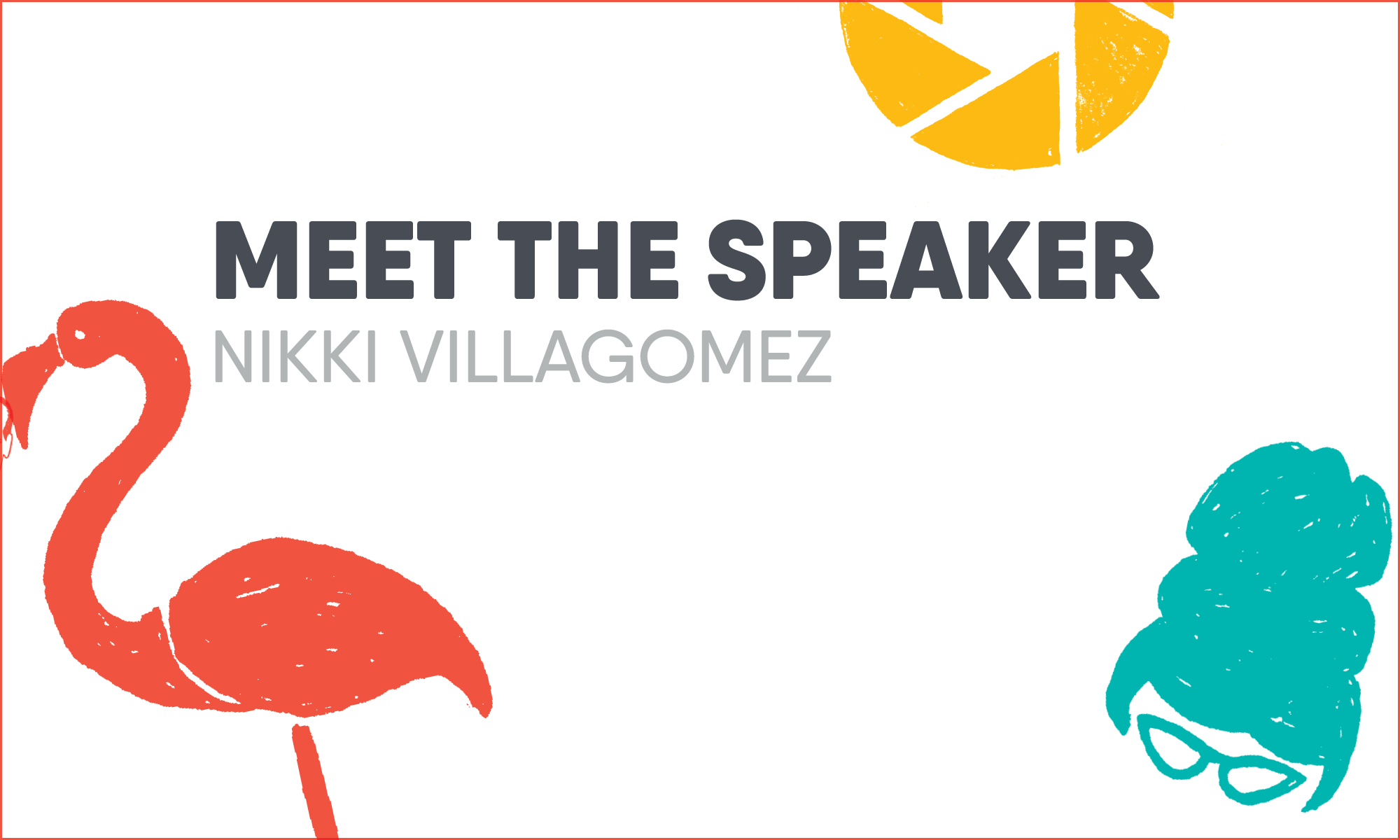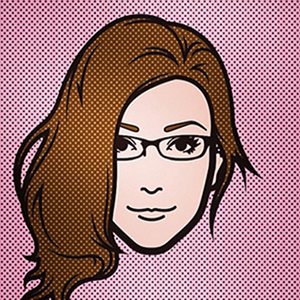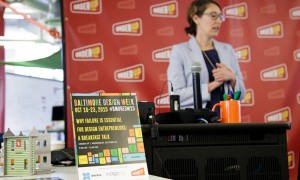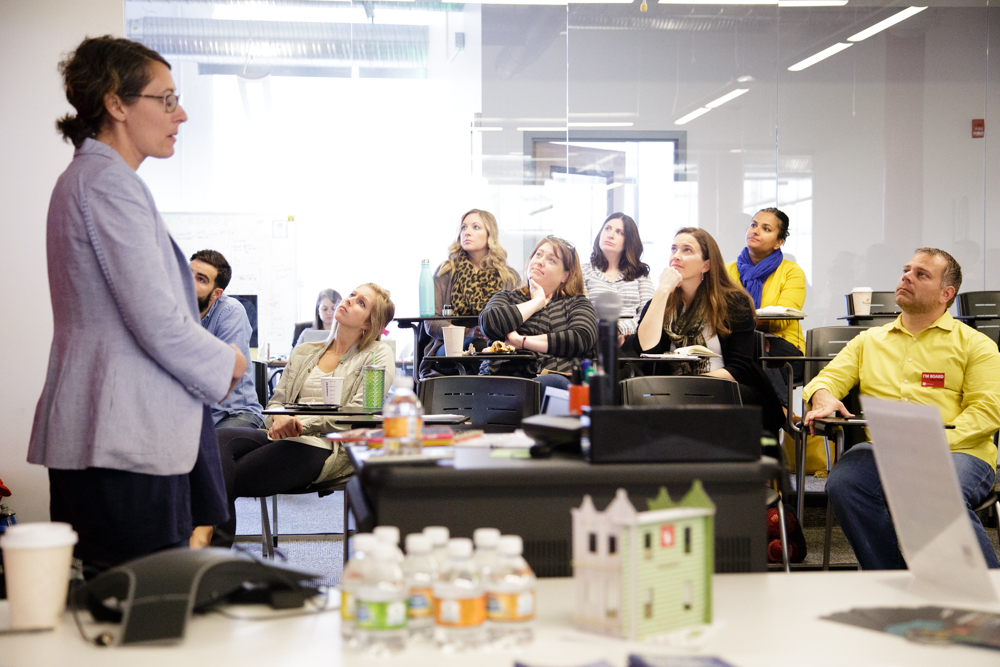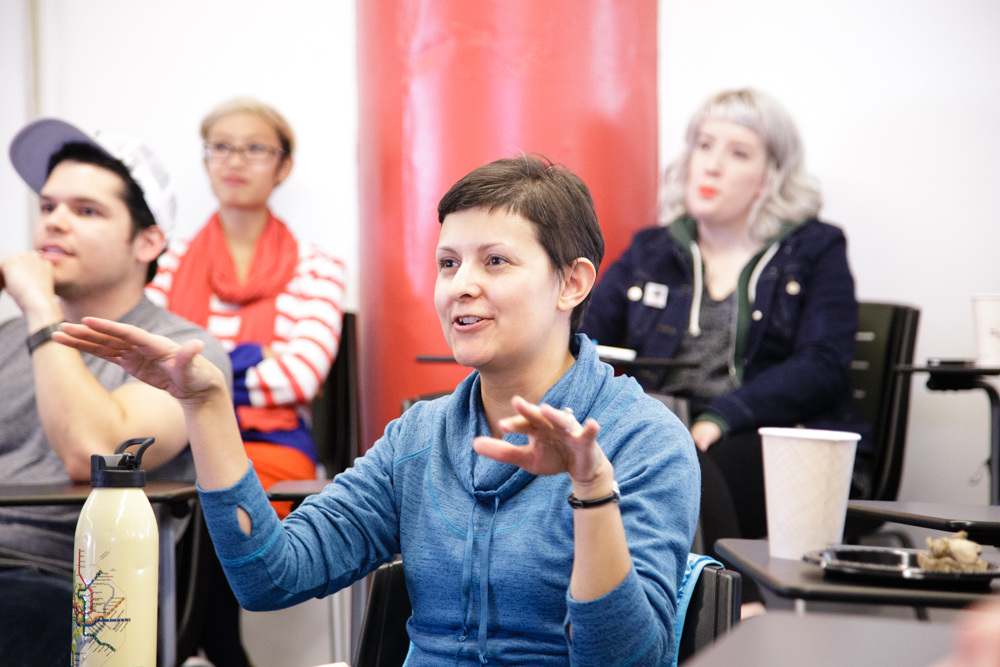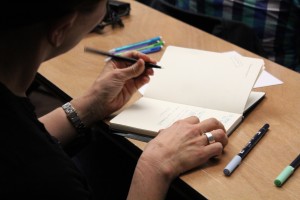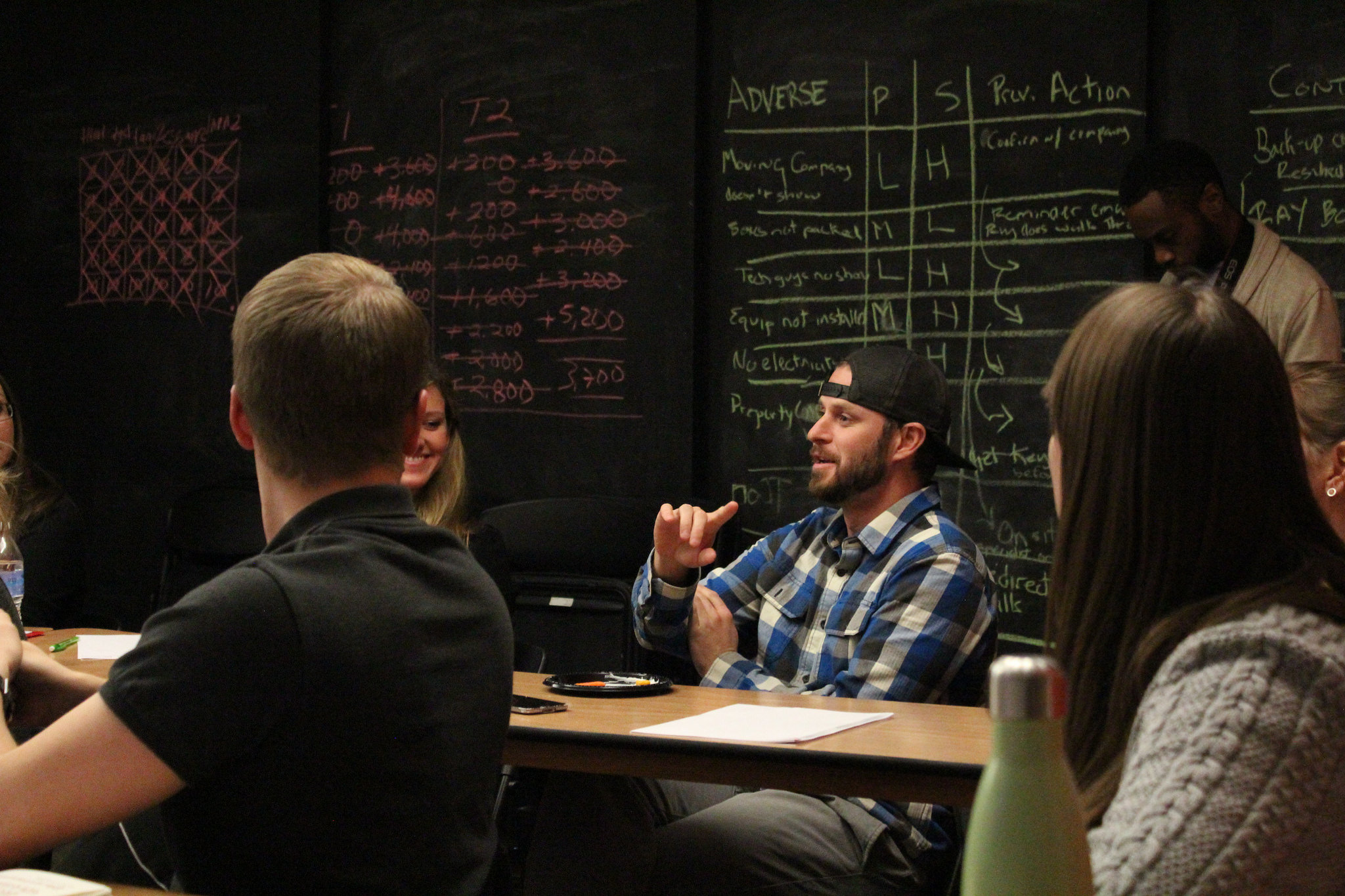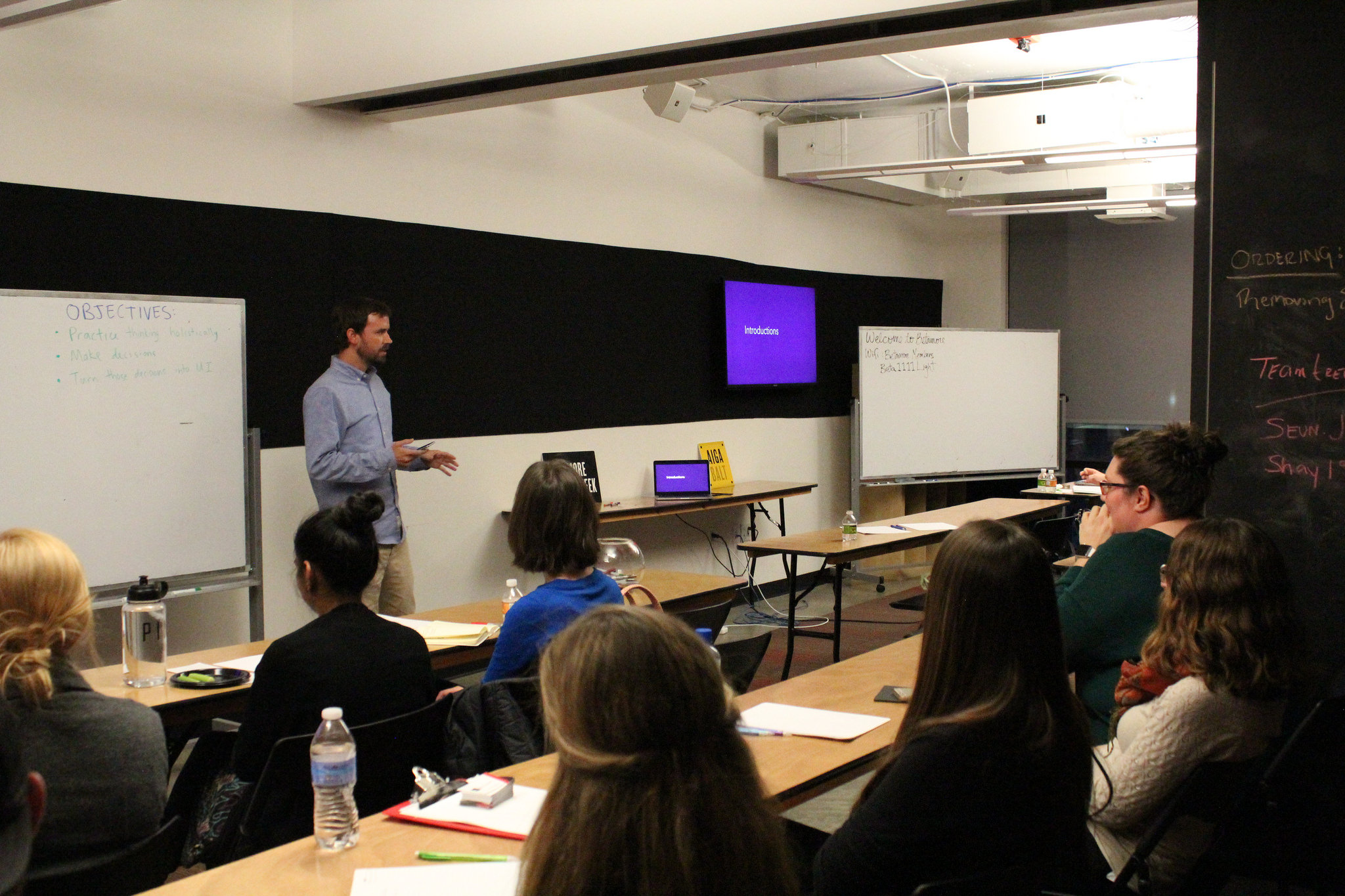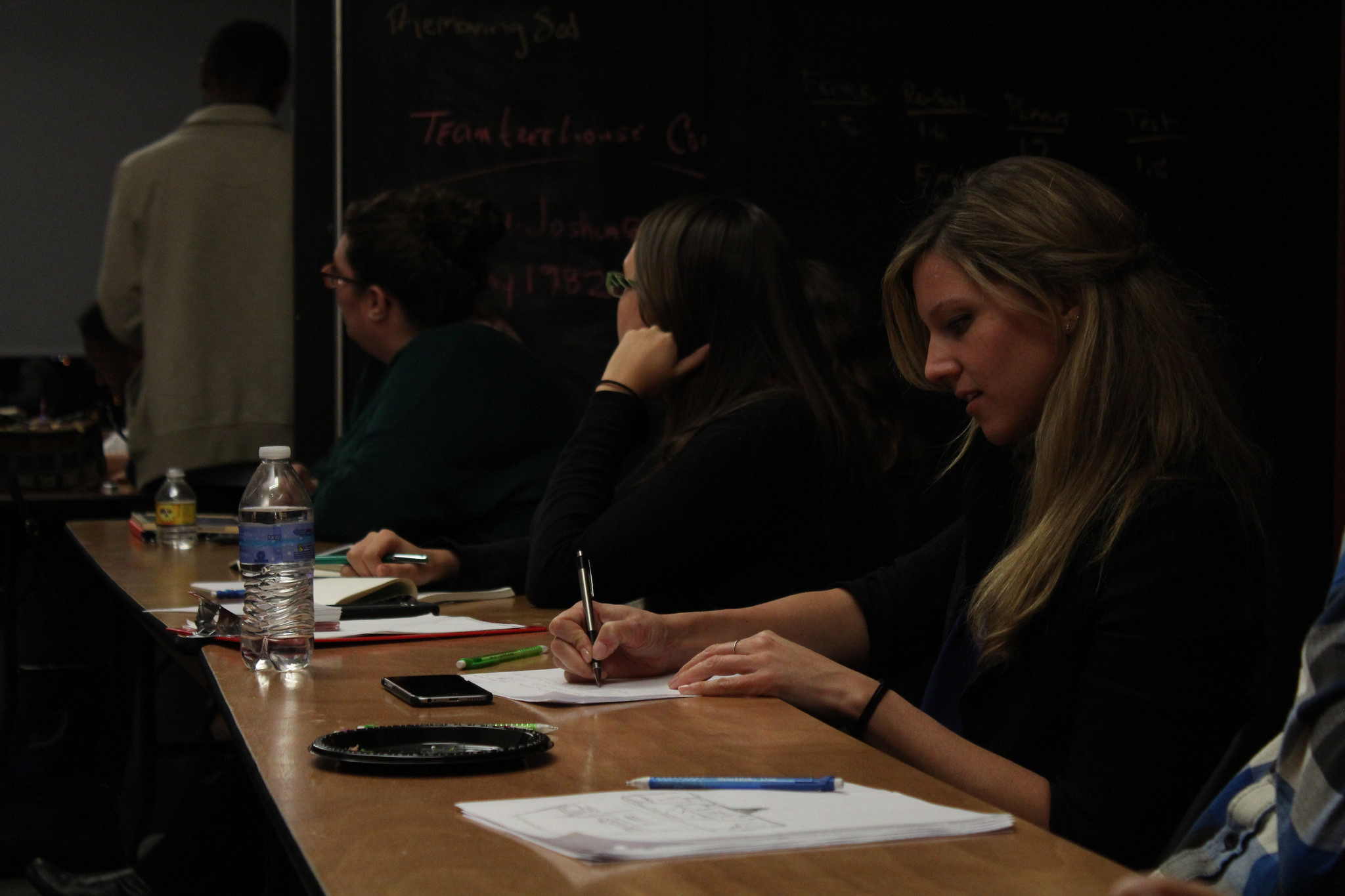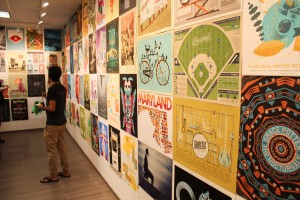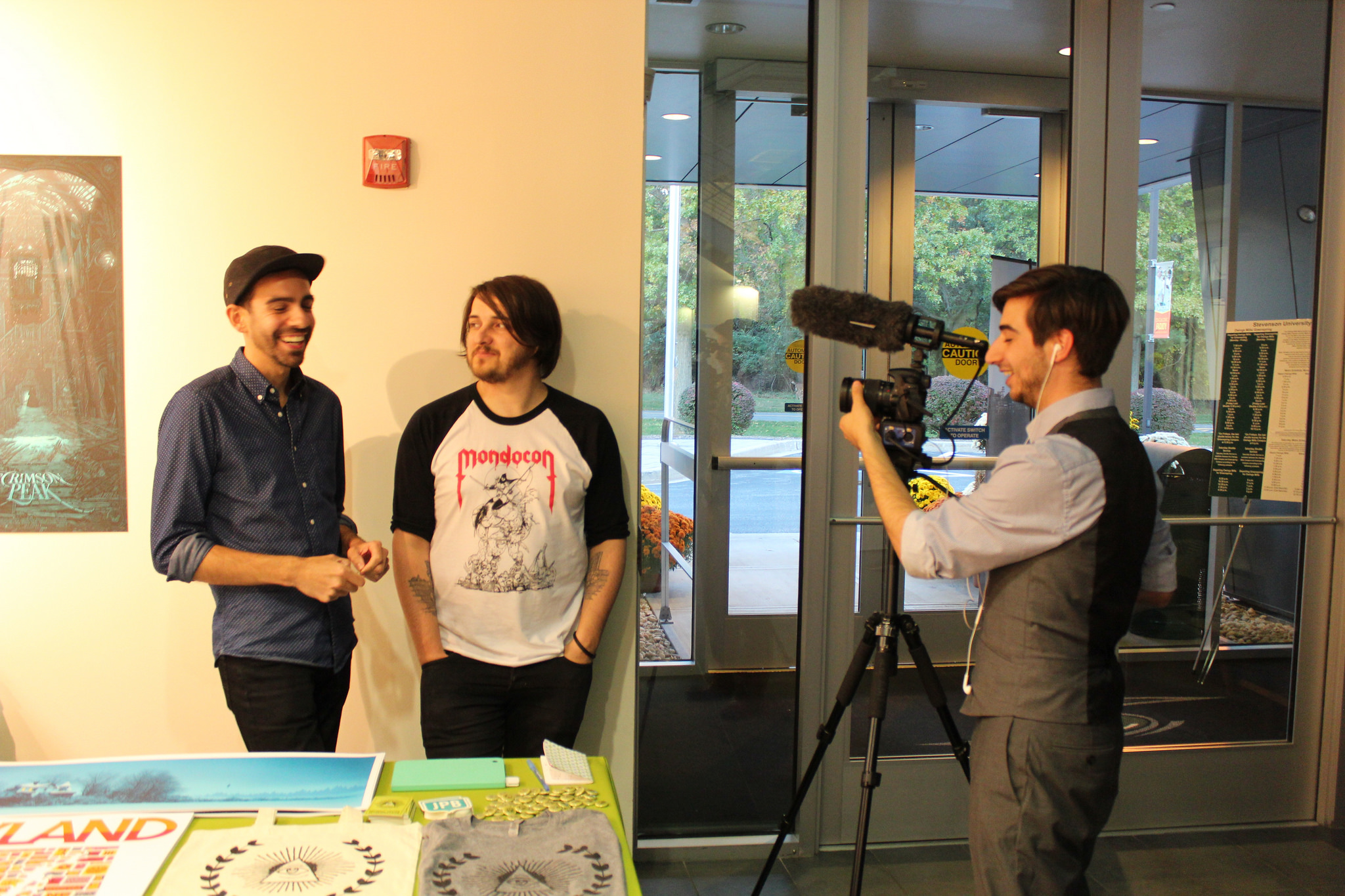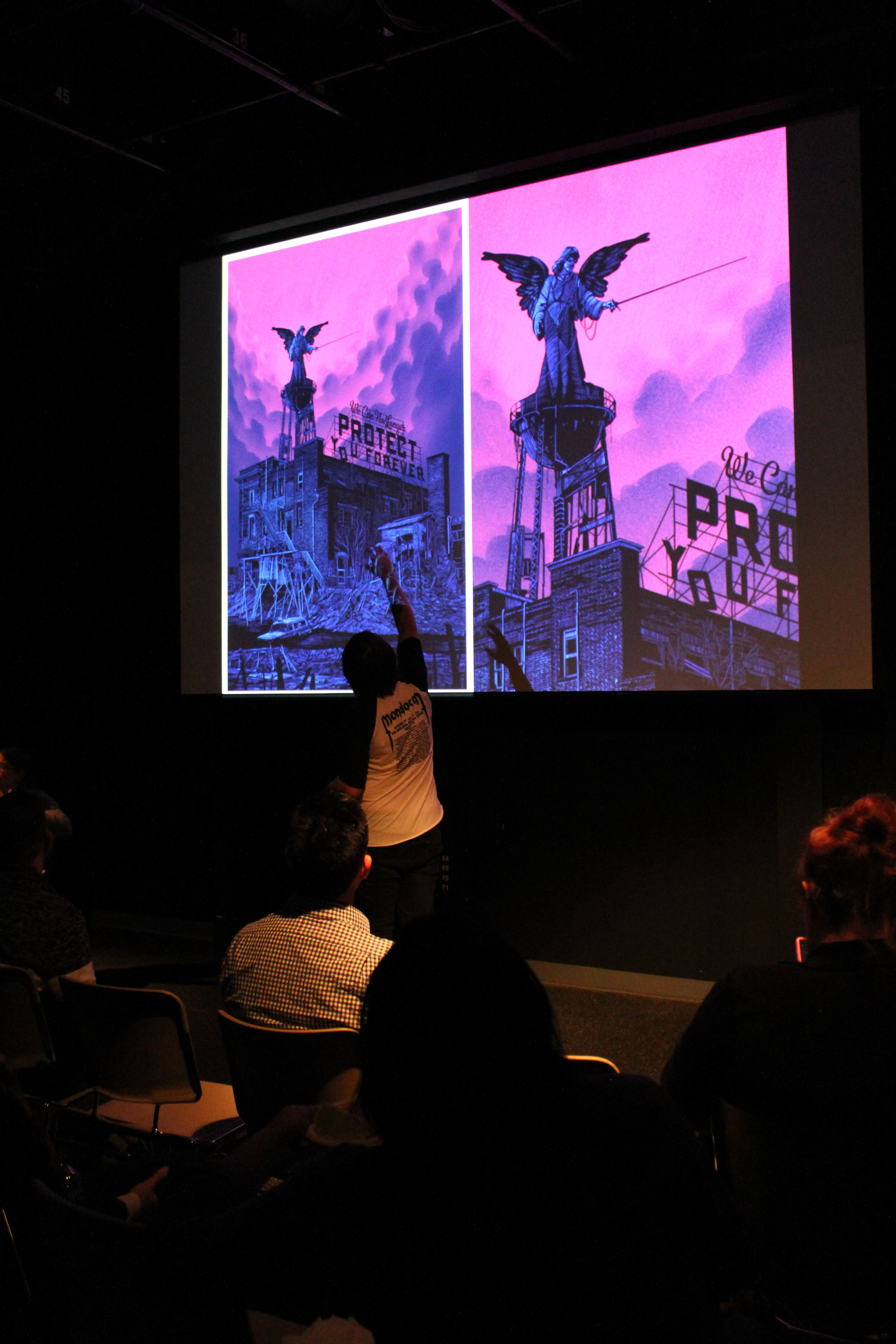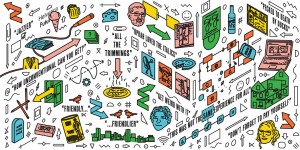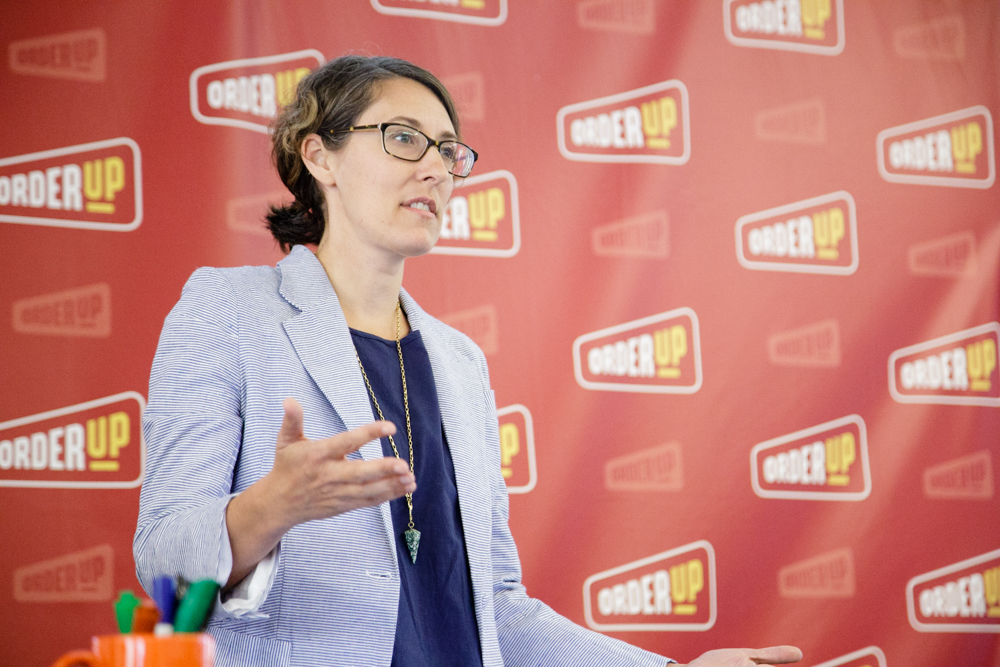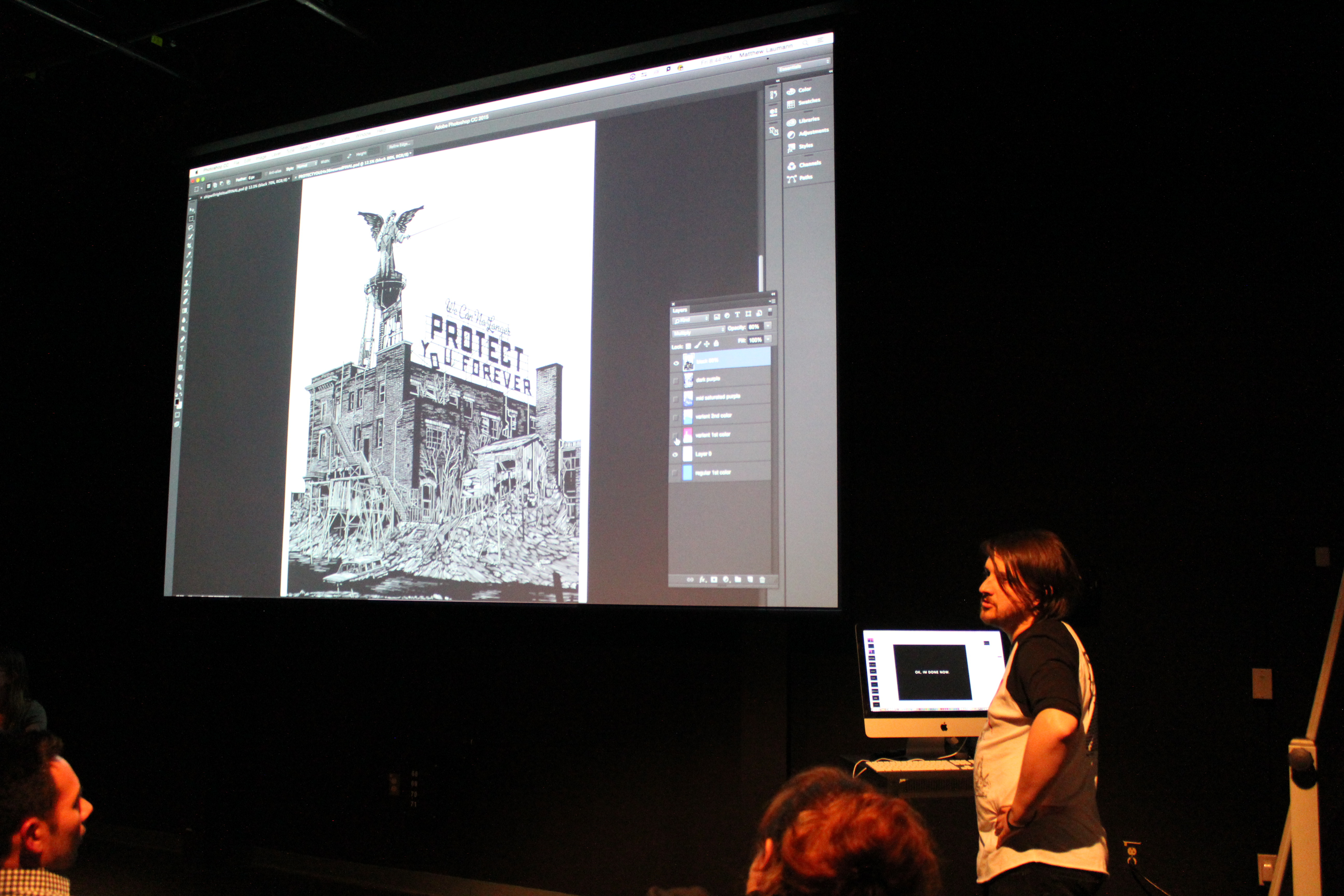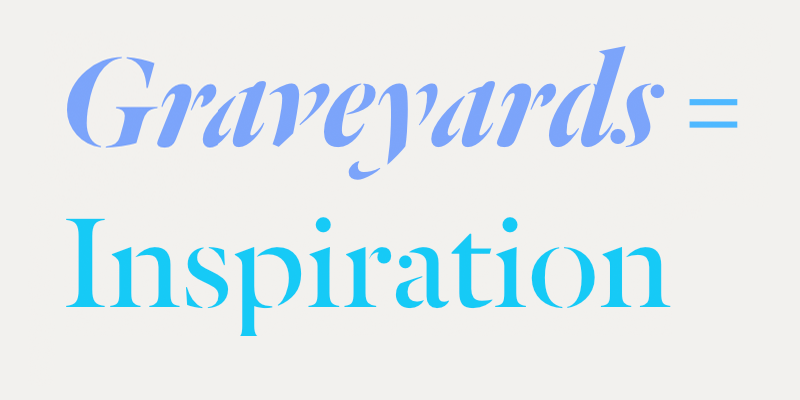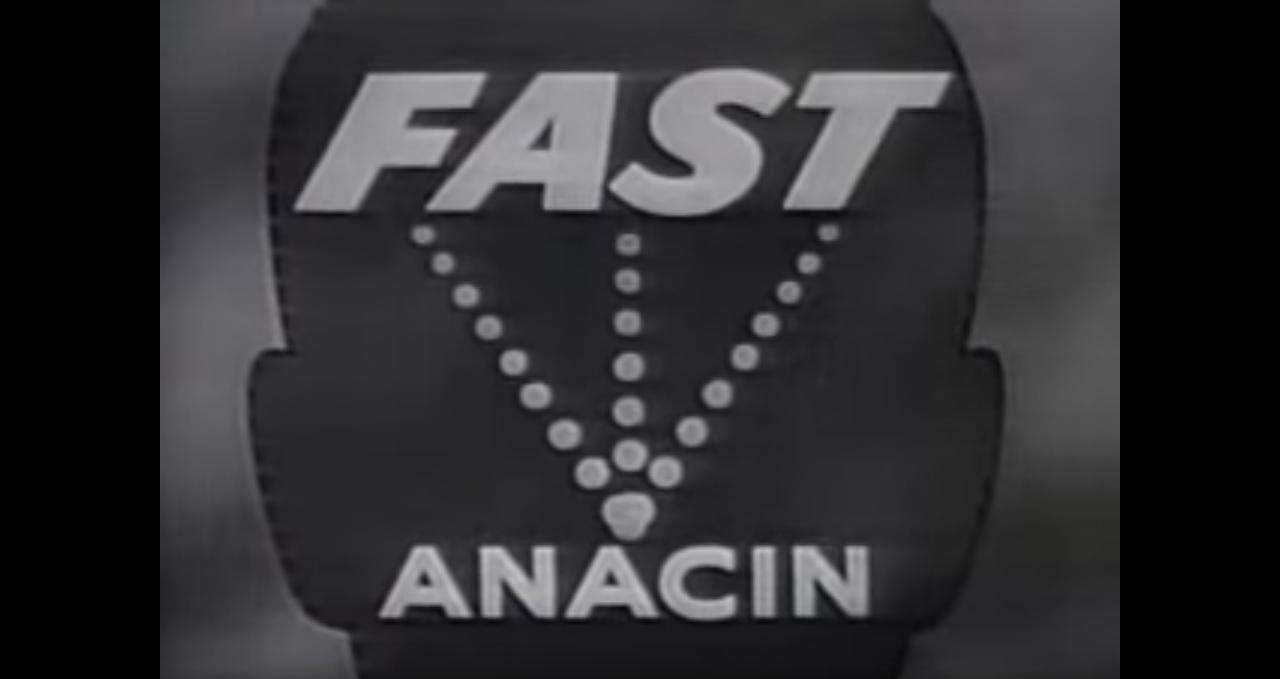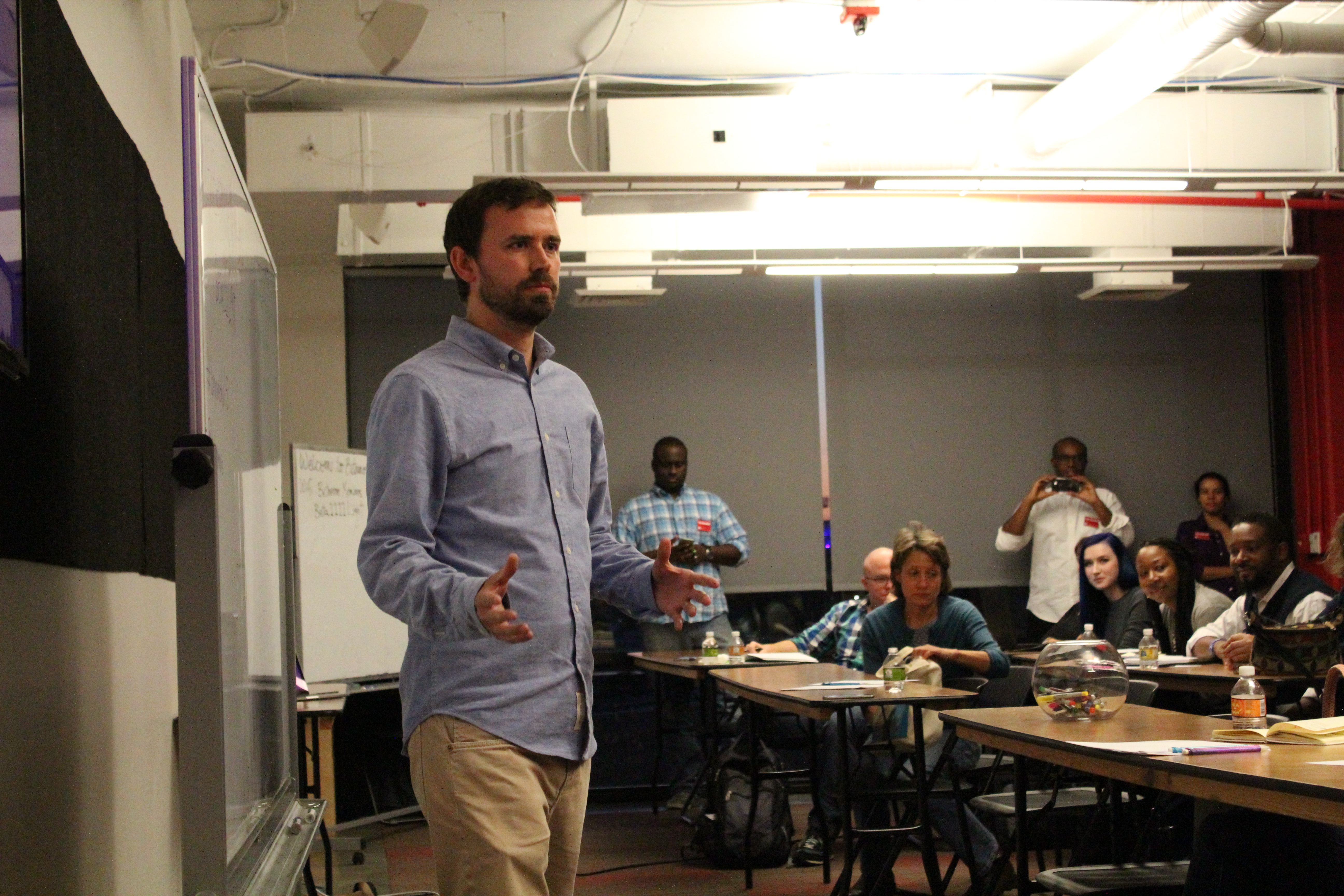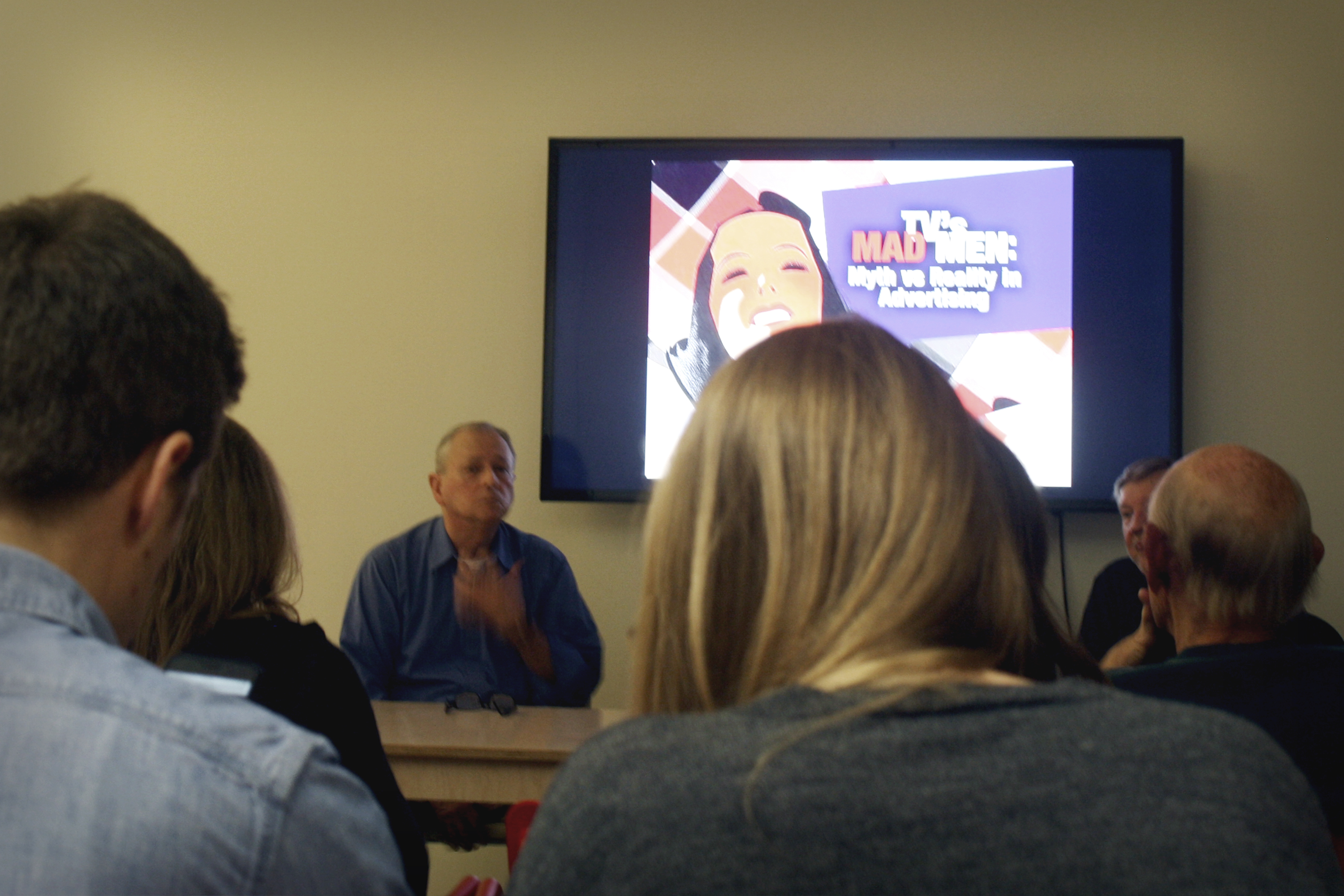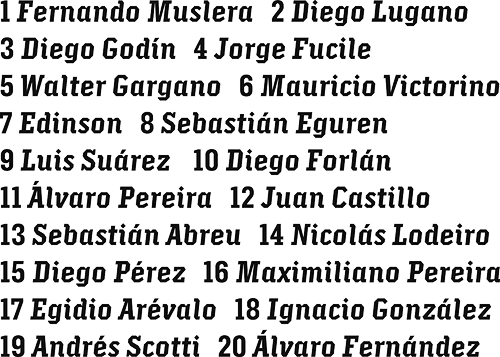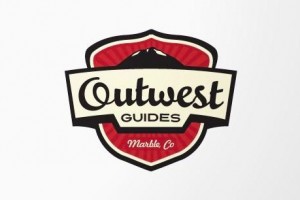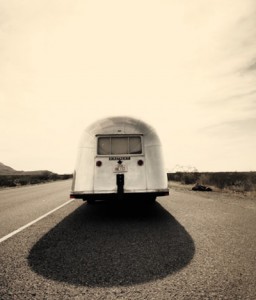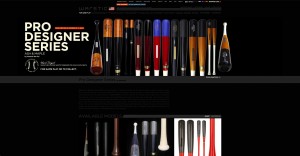Born and raised in the cornfields of northern Indiana, Zombie Yeti had no choice but to escape the maize via a steady diet of comic books, cartoons, movies, music and video games. It describes its work by defining a new term; a self-proclaimed movement called ‘Esoteric Americana’. On the surface, its style reflects its love of comic books and cartoons – with a dash of humor and an emphasis on story, character, silhouette and line. While beneath, its aesthetic results resemble a twisted take on representations of traditional art.
Zombie Yeti has had the pleasure to work with top tier companies such as Under Armour, Nike, Adidas, Reebok, Hasbro, and many more. It has also produced works with many greats in the music world such as Foo Fighters, DeadMau5, Deftones, Kid Rock, Incubus, Paul McCartney, Primus, Faith No More, Melvins, and many more. Most recently, it created the art packages for the Ghostbusters Pinball Machines. It also likes Circus Peanuts…
Where do you draw inspiration from?
Everything and anything. Or anything and everything, depending on your preference. I’m pretty sure I’m the result of everything I love (nature, film, music, video games, etc) somehow digested, moderately catalogued in my brain (ie, thrown on the floor), and perversely skewed with bile through my personal preferred perspective.
I don’t think that’s unique, but I think the perspective can be.
I try to look for the things other people aren’t focusing on. Part of that is growing up in the punk, anti-conformist realm of the 80’s and 90’s, and the other part of it is that I don’t see any other way to attempt to stand out if you’re doing the same thing as the other folks. There’s no challenge in trying to be someone else.
If you want to grow, you need to challenge and fail. I’m really good at failing! It’s probably my biggest strength.
What advice would you give to your 20-something self?
Relax. I’m you/me from the future!!! Quickly, I beg of you to take out every possible student loan you can. Take that money and invest it all in a new company called Google. …Also, in the future you will be sent back to the past to give yourself advice. Often. It’s VERY costly, but for some reason, interviewers will pony up!
On Failure…
I can assure you failure is indeed a viable option. The only caveat is you have to use your failures to learn what works and throw away what doesn’t.
So don’t huddle in a corner afraid to try something. Instead, take that time of inaction and use it to see how quickly you can fail and learn.
On Business relationships…
Be yourself and trust your gut. Look for people you like to work with and respect, and avoid the greedy people who want to use you for their benefit. If you present yourself in a shiny, marketable, safe, package, you’ll always have to play that game.
Instead, do what you are passionate about and if someone recognizes it and offers you an opportunity, they WILL trust your vision. Make real relationships in your business life.
On Life…
Make more time for your kids. Time moves too quickly with your head down. Look up and pay attention to your surroundings more.
When did you first realize you wanted a career in design?
I actually never wanted to. I thought Graphic Design was making flyers and brochures for local businesses. I avoided it like the plague. I had always loved drawing and creating since before I could speak, but I genuinely didn’t ever expect to make a career out of it. I don’t regret taking the long way though. I learned a lot of things that led me to have the time to focus on what I’m doing now.
In 2008, I was Creative Director for a design company. A designer by the name of Joshua Smith (aka Hydro74) reached out to me one day out of the blue. He used to try to look over my shoulder and steal my sketchbooks in middle school. I didn’t realize it at the time, but it was because he looked up to me.
Anyway, he wrote me and told me of his life journey and how he was inspired to pursue a career in design, and he thanked me for inspiring him. Serendipitously, his message was the spark that re-inspired me to pick up a pencil for the first time in 10 years. From then on, I haven’t put down a pencil/stylus.
Favorite Quote/Philosophy:
“The Princess is in another castle” – Toad
As a kid I didn’t imbue any higher meaning to this statement. But as time drives on, I foolishly look for substance in the mundane.
If I had to find meaning in this now, my take-away is that when you reach your goal, you’re a fool to stop.
Don’t mistake a goal as the ultimate victory. Continue to challenge yourself to do more and never stop learning on your own terms. It’s about the journey, not the end.
Baltimore’s 5th Annual Design Week is back! Register now for Raising the Game: Creativity Through Collaboration at Under Armour.
